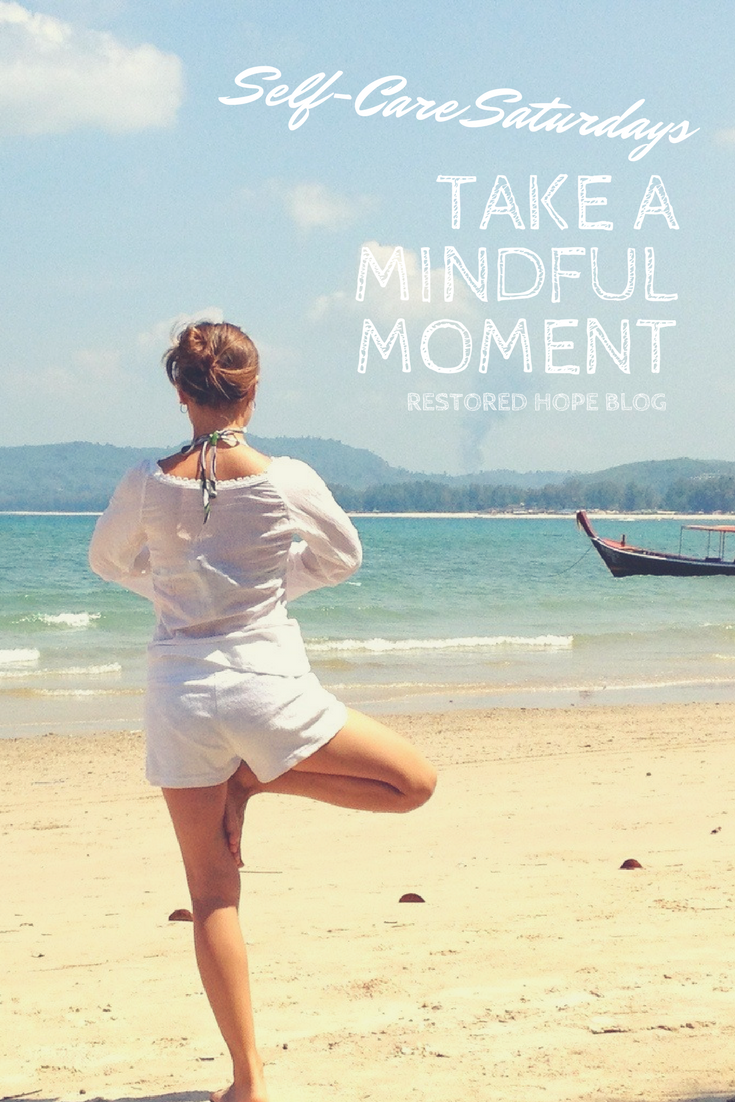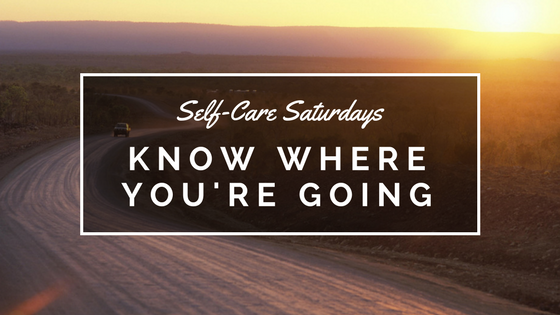In light of Easter this past weekend, I’ve been reflecting on my personal experience of fostering relationship with God the past several years. I’ve walked spiritual ruts and struggled to find the motivation or energy to connect with God. I’ve had moments of joy and delight in my spiritual life as well. As we know from Steps Two and Three in 12 Step recovery, relationship with God is a crucial component of healing and redemption.
What does relationship with God look like for you?
I love the terminology of relationship with God. I worry that others might see my faith as a type of religious exercise: I go to church, read my Bible, and “do the right thing.” It feels like a checklist of what being religious means. Sadly, it’s easy to miss the depth of my relationship with God, which is infinitely more valuable and motivating than any dry list of rules.
When I put my spiritual life in the context of relationship rather than rules, it takes on an entirely different flavor. Relationship with God makes Him real to me. I can grow closer to Him, learn more about Him, share my hopes and dreams, and feel comforted and cared for by Him. In the Bible, God personifies Himself and uses relationships on earth as examples of His relationship with us.
In moments when I am struggling with anxiety or depression, it isn’t a set of rules or following a religious structure that keeps me sane. It’s trusting in a God who I know loves me and desires good for me, even when the good He gives doesn’t always match up with what I want. It is a God who sees me, hears me, knows me, and provides for me as He says in Scripture. When I open my eyes up to that God, I truly want to get to know Him better.
How do I get to know God in this way?
There have been books upon books written about spiritual disciplines, or ways that we can attempt to know God more fully. (The Celebration of Discipline* by Richard Foster and Discovering Our Spiritual Identity* by Trevor Hudson are two personal favorites of mine.) I am certainly no expert on spiritual disciplines, but I can share ideas to jump start your relationship with God.
Identify what’s in the way of relating to God and submit it to Him.
What do you put in the place of God in your life? What are the areas of your life that give you value, identity, or worth? What, if taken away from you, would devastate you to the point where you wouldn’t feel like you could go on? We all have a tendency to put things before God in our lives. Timothy Keller calls this tendency idolatry, defining it by saying “it means turning a good thing into an ultimate thing.”
When I realize my heart's tendency to drift away from God toward other sources of identity or purpose, I can tell I’m moving toward idolatry. When money, power, comfort, success, relationships, or any other area of my life becomes a higher priority than my relationship with God, I know I need to take a step back. I need to acknowledge that each of those areas is a gift and a blessing from God, and not worship it in place of God. I need to know that my value comes from my relationship with God alone, not from these areas. An impactful resource in realizing my own struggles in this area has been the book Idol Lies* by Dee Brestin.
Interact with the Word of God.
In order for us to have a relationship with God, we need to know Him. The most straightforward way God has revealed Himself to us is through His word. Bible study and reading is a regular way to get to know God. But sometimes, reading the Bible can feel like a chore.
To break out of that rut, I’ve enjoyed reading the gospels (Matthew, Mark, Luke and John) as if I’m getting to know the person of Jesus. Take some time to imagine yourself in the scenes: what would it feel like to watch the crowds gathering around Jesus? What would go through your mind when you saw him give blind men their sight, or heal the crippled? Would you try to get close to Him? What would you say to Him, if you could?
Meditating on Scripture can be another great practice to help you engage with the Bible. Choose a passage or verse that speaks to you, and reflect on it in prayer. Journal about it. Practice lectio divina, a reflection practice walking through stages of engaging with Scripture.
Pick up a reading plan that works for you. The Bible app has plenty of resources, but I also have recently been loving the First 5 app. This resource provides studies and teachings specific to certain books of the Bible, and I appreciate the mix of Bible study and devotional. I’ve also heard great things about The Bible Project, where each book of the Bible has an illustrated summary video to help you visualize the story in a new way.
Set aside time to rest and be with God, thanking Him and sharing your heart with Him.
Make space in your schedule to pursue relationship with God. For some, this may look like a daily time set aside for prayer, journaling, and reading Scripture. For others, this might look like an hour or two on a weekend spent with Jesus. Maybe you can devote an entire Sabbath day to spend with the Lord. Set aside time for “dates with Jesus” and spend time doing date-like activities with the Lord.
Prayer is an excellent way to communicate with God, but it doesn’t have to be kneeling down in a pew and saying the Lord’s Prayer. Talk to God in the way you would talk to your best friend. Journaling prayers is helpful if your mind tends to drift. If the weather is nice, go outside and take a prayer walk, thanking God for the beauty of nature around you.
One aspect of prayer that has become more and more vital in my spiritual life has been gratitude. Expressing gratitude to God for the gifts He’s given to me immediately puts perspective on difficult situations I’m facing or ways I feel unhappy about my life. Keeping a gratitude journal is a great way to foster this awareness of gratitude: no matter how difficult my life circumstance is, I can always make a list of 10 things I am grateful for.
Sacrifice generously to remind yourself that all is a gift.
We live in a world and a culture where we have more at our fingertips than at any time in the past. Americans are in the upper tier of wealth in the world. I tend to forget these facts when I’m worried about money or complaining about what I don’t have. But if I can choose to use my privilege for the good of others through giving generously of my time, talents, and finances, I am reminded of how much I have and how it is all a gift from God.
Another way to access this awareness and gratitude for what we have is through fasting. I’m not particularly fond of fasting from food: some people can do it well, but my blood sugar tanks and I feel terrible if I don’t eat. But I can still choose to fast from other things, like coffee, TV, movies, restaurants…you name it. I can use the time I would normally spend in these areas to spend with God and connect with Him.
Seek out community with other Christians.
Connecting with other people who are curious about God and desiring to grow spiritually can be an immensely helpful way to build up your spiritual life. The first step toward community is attending a local church and getting to know the members through volunteering or joining a Bible study. As you begin to forge relationships with these other believers, you are able to see unique ways God is reflected in them.
As you build these relationships, you can have open and honest conversations with others about relationship with God. You can share meals together, help one another in times of need, and receive support when you’re going through difficulties. You can laugh together, cry together, and forge deep relationships that demonstrate the nature of relationship with God.
Invite God into your daily life.
Look for moments throughout your day when you can connect with God. Maybe you can pray at the same time as completing a routine, mindless daily task, like brushing your teeth or waiting for your coffee to brew. You can incorporate worship music into your daily commute or workout. You can listen to sermons while doing busy work or cleaning. Look for ways in which you can engage with God while you’re doing other tasks.
As a warning: if any of these spiritual practices begin to feel like rules rather than a way to grow closer to God, give them a rest for a time. Remind yourself that God is the one drawing you to relationship with Him, and that you aren’t responsible for making it happen. There is nothing that you can do that will make God love you more - these are simply practices intended to lead to to greater awareness of His presence and felt closeness to Him.





















